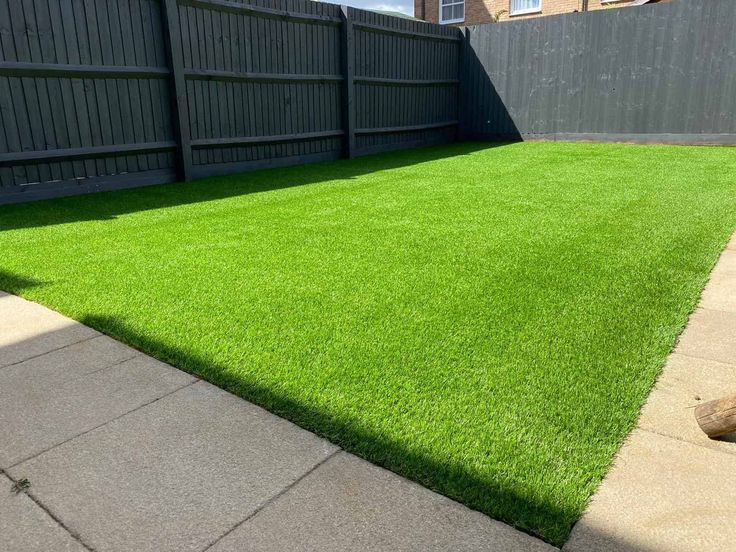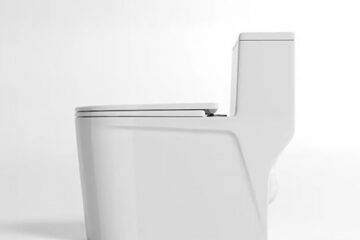Artificial turf offers a practical and aesthetically pleasing solution for maintaining a lush, green lawn without the constant upkeep of natural grass. However, in regions like Orlando, where temperatures can soar, concerns about turf and heat become prominent. Understanding how to manage the temperature of your synthetic lawn is fundamental to ensuring it remains a comfortable and safe space. This article delves into the relationship between artificial turf and heat and explores strategies to keep your lawn cool.
Artificial turf has become popular for homeowners due to its durability, low maintenance, and year-round green appearance. Despite these advantages, one challenge is the potential for the surface to become excessively hot under direct sunlight. Unlike natural grass, which can remain cool, synthetic turf absorbs and retains heat, creating an uncomfortable environment.
One of the primary reasons artificial turf can get hot is the materials used in its construction. The synthetic fibers and infill, often made from materials like crumb rubber or sand, can absorb solar radiation and elevate the turf’s temperature. To address this issue, manufacturers have developed various solutions designed to mitigate heat retention and improve the overall comfort of artificial lawns.
One effective approach to keeping artificial turf cool is using infill materials engineered explicitly for temperature reduction. Modern infill options include coated sand, organic infill, and cooling infills designed to reflect sunlight and dissipate heat more efficiently than traditional infill. Homeowners can significantly reduce the heat their turf absorbs by choosing the right type of infill.
Another strategy involves selecting artificial turf products incorporating cooling technology within the fibers. Some advanced turf products are designed with reflective pigments that help reduce heat buildup by reflecting more sunlight. Additionally, some turf systems integrate cooling agents that activate when the surface temperature rises, thereby cooling the fibers and maintaining a more comfortable temperature.
Proper installation techniques can also help manage the heat of artificial turf. Ensuring adequate ventilation beneath the turf is vital for preventing heat buildup. This can be achieved by installing a drainage layer that allows air to circulate freely and using breathable backing materials. These measures help dissipate heat and keep the surface temperature lower.
Regular maintenance practices can further contribute to keeping artificial turf cool. Simple actions such as rinsing the turf with water can temporarily reduce surface temperature, providing immediate relief during the hottest parts of the day. In Orlando, where temperatures can rise quickly, this can be a practical and straightforward method to maintain a cooler lawn. Keeping the turf clean and debris-free ensures optimal performance of any cooling technologies integrated into the system.
Shade structures and landscaping elements can also be incorporated into the design of your artificial lawn to provide natural cooling. Planting trees and shrubs or installing pergolas and awnings can create shaded areas that reduce direct sunlight exposure on the turf. These elements contribute to a cooler environment and enhance the overall aesthetic appeal of your outdoor space.
Homeowners can also consider using lighter-colored artificial turf, which tends to reflect more sunlight and absorb less heat than darker shades. While the traditional green color is often preferred for its natural appearance, exploring different color options can provide a practical solution to the heat issue.
Finally, it’s worth noting that ongoing research and innovation in the artificial turf industry continue to produce new heat management solutions. Staying informed about the latest advancements and consulting with professionals specializing in synthetic turf installation can help you choose the best products and techniques for your needs.
While artificial turf offers numerous benefits for homeowners in Orlando, managing its temperature during the hot months is a concern that should be addressed. You can maintain a cool and comfortable artificial lawn by selecting appropriate infill materials, using cooling technologies, ensuring proper installation, and incorporating shade elements. Regular maintenance and staying updated on industry innovations will further enhance the performance and enjoyment of your turf, even in Orlando’s warm climate.
Keep an eye for more news & updates on Discovertribune.org




